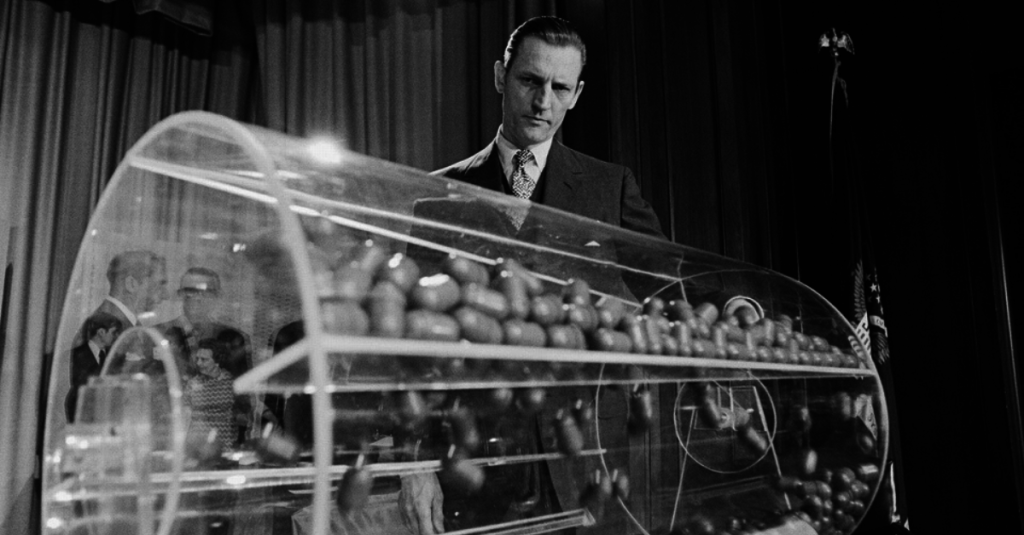Winning the lottery has likely never crossed your mind to be anything short of a celebration of newfound riches. Yet, for American men born before 1958, finding your number selected at random on television didn’t generally translate to wealth. Ever wondered how the Vietnam draft actually worked? We’re combing through the history pages to find out just how birth dates and the Selective Service System mattered throughout the 20th century.

Your grandfather, father and I
Coming of age doesn’t come close to holding the same meaning as it did for the nearly 72 million “baby boomers” born into the Vietnam era draft. Requirements for registration varied over the decades, ranging from eligible age ranges beginning at 21 and eventually lowering to age 18.
Uncle Sam had called upon its fighting-age citizens as far back as anyone alive could recall, as both World Wars and the Korean War utilized draftees. The Selective Service Act of 1917 reframed the process, outlawing clauses like purchasing and expanding upon deferments. Military service was something that, voluntary or not, living generations had in common.
Low was high and high was low
When the lottery took effect, men were assigned a number between 1 and 366. (365 days per year plus one to account for leap year birthdays.) In 1969, a September 14birthday was assigned a number 001. Group 001 birthdays would be the first group to be called upon. May 5 birthdays were assigned number 364 or would have been the 364group to be required to report. Even if called upon, screenings for physical limitations, felony convictions or other legal grounds resulted in candidate rejection.
This method was determined to be a “more fair and equitable process” of selecting eligible candidates for service. Local draft boards, who determined eligibility and filled previous quotas for induction, had been criticized for selecting poor or minority classes over-educated or affluent candidates.

Grade “A” American prime candidates
In addition to a selection group, eligible males were also assigned a rating. These classifications were used between 1948 and 1976 and are available to view on the Selective Service System’s website.
1-A- eligible for military service.
1A-O- Conscientious Objector. Several letter assignments are utilized for various circumstances a conscientious objector may fall under.
4-G- Sole surviving son in a family where parent or sibling died as a result of capture or holds POW-MIA status.
3-A- Hardship deferment. Hardship would cause undue hardship upon the family.
Requests for reclassification, deferments, and postponements for educational purposes or hardships required candidates to fill out and submit a form to the Selective Service.
Dodging or just “getting out of dodge”
Options for refusing service during Vietnam varied. Frequently called “draft dodgers” referred to those who not just objected, but literally dodged induction. Not showing up, fleeing to Canada, going AWOL while in service or acts such as burning draft cards were all cards played to avoid Vietnam.
Failing to report held consequences ranging from fines, ineligibility of certain benefits, to imprisonment. In what has widely been viewed as a controversial decision, President Jimmy Carter pardoned hundreds of thousands of “draft dodgers” eliminating the statuses like “deserter” from countless files.
Researching the history of “the draft” in American history dates back to that of the Civil War. While spanning back generations and several wars, the Vietnam era draft is still viewed as the most controversial and widely discussed period in its history.
In case you’re wondering, The Selective Service System’s website still exists, as men are still required to register even today.


























